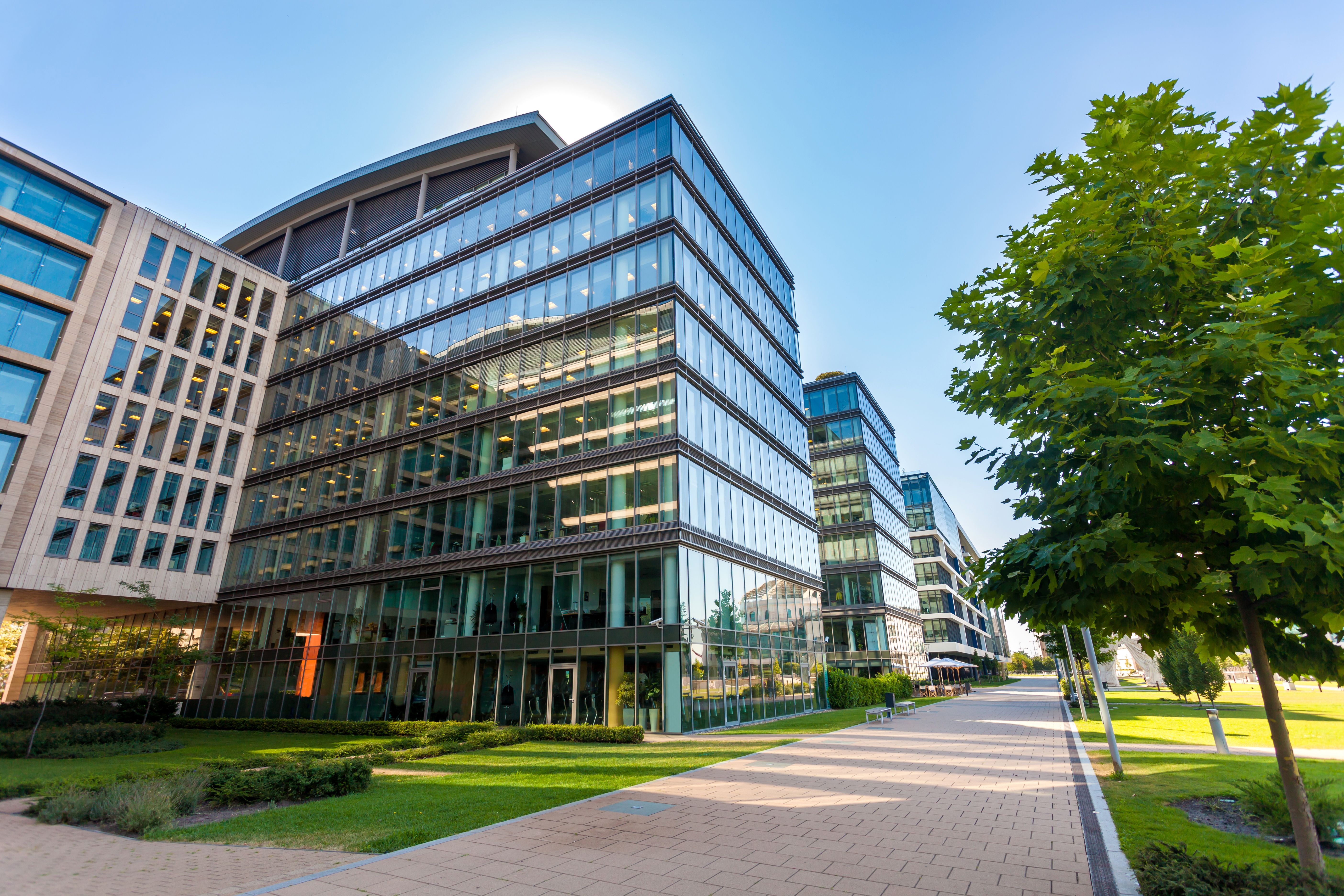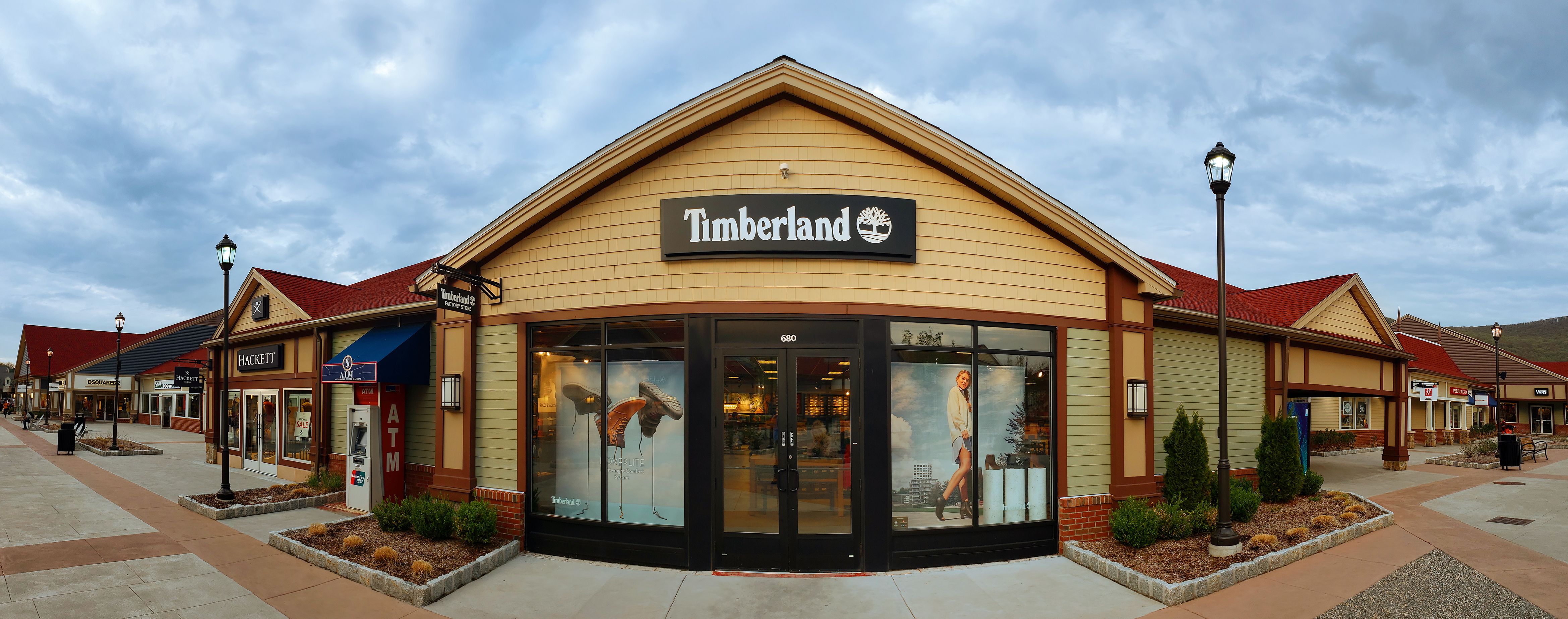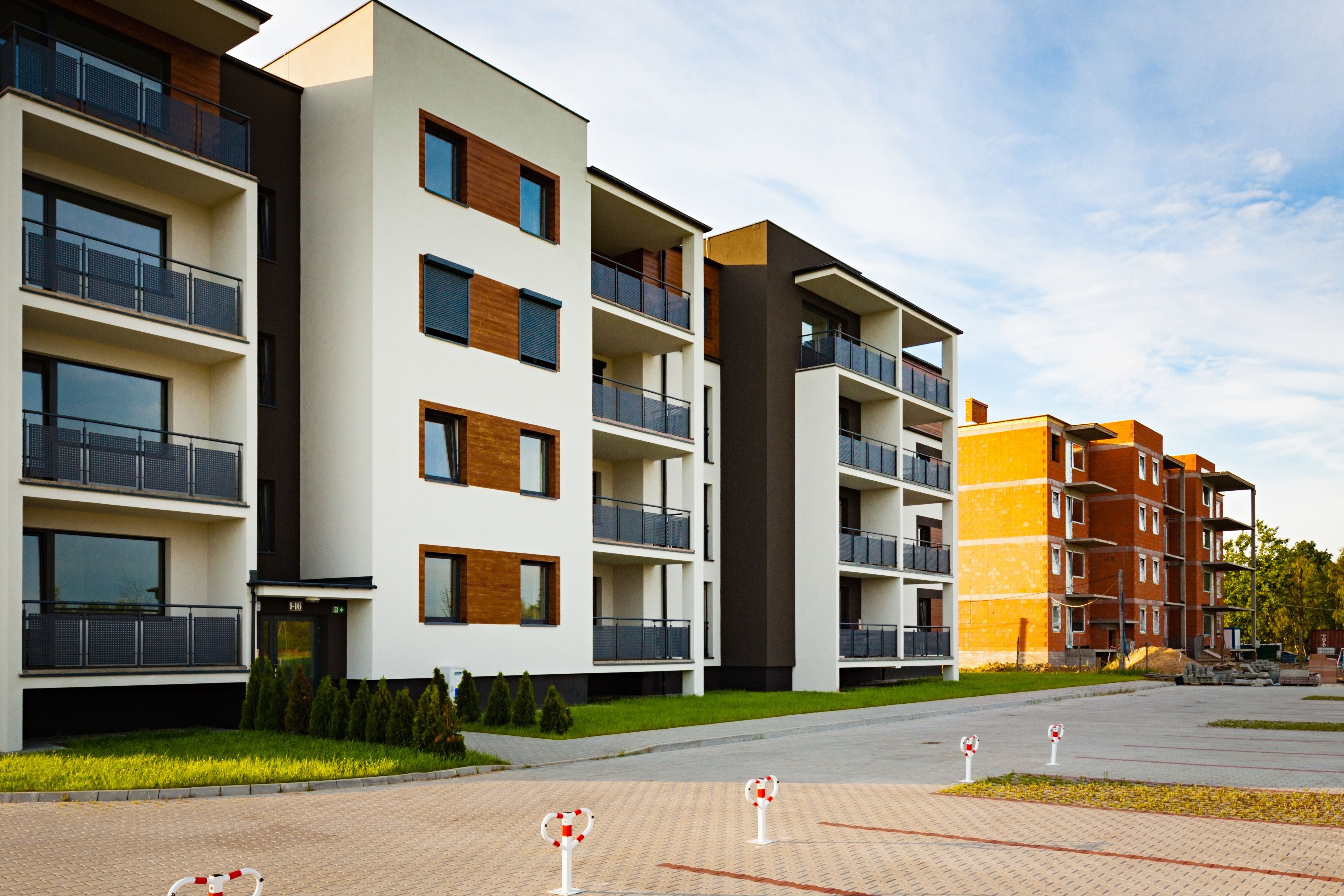- CRE Basics Real Estate
- Sep 16
Commercial Real Estate Property Types
The Four Main Property Types
Investing in commercial real estate is an excellent way to diversify your portfolio and can offer you the opportunity to gain some significant returns. However, before diving right in, it’s best to know as much as possible about the different property types as they carry different benefits and strategic considerations. The four main property types for commercial real estate are office, retail, industrial, and multifamily.
Office
Commercial real estate office properties cover a wide range of buildings, from single-tenant properties, skyscrapers, and everything in between. At least 75 percent of the interior space is finished to accommodate office users, but the rest of the space can include other uses such as retail, restaurant, or fitness.
NAIOP, North America’s largest, most prestigious and valuable commercial real estate organizations, defines the height class for office buildings as followed:
- Low-rise: Fewer than 7 stories above ground level
- Mid-rise: Between 7 and 25 stories above ground level
- High-rise: More than 25 stories above ground level
Office buildings are also loosely grouped into one of three categories: Class A, Class B, or Class C. These classifications are all relative and largely depend on context.
Class A: These buildings are well-located in major employment centers and typically have good transit, vehicular and pedestrian access, with rents in the top 30 to 40 percent of the marketplace. Additionally, they are located adjacent to or in proximity to a high number of retail establishments and business-oriented or fast-casual restaurants. Building services are characterized by above-average upkeep and management.
Class B: These buildings are in good to fair locations in major employment centers. They also have good to fair transit, vehicular and pedestrian access, with rents that are based between those of Class A and Class C buildings. They are located adjacent to or in proximity to a moderate number of retail establishments and business-oriented or fast-casual restaurants. Building services are characterized by average upkeep and management.
Class C: These buildings are in less-desirable locations relative to the needs of major tenant sectors in the marketplace, with rents in the bottom 10 to 20 percent. They can be older, neglected buildings in good locations or moderate-level buildings in poor locations, so transit, vehicular, and pedestrian access may vary. Typically, fewer amenities and restaurants are found in or near these buildings, and they are usually of moderate to low quality. Building services are characterized by below-average upkeep and management.
Central Business District (CBD): Office buildings located in the central business district are in the heart of a city. In larger cities like Chicago or New York, and some medium-sized cities like Orlando or Jacksonville, these buildings would include high-rises found in downtown areas.
Suburban Office Buildings: This classification of office space generally includes mid-rise structures of 80,000-400,000 square feet located outside of a city center. Cities will also often have suburban office parks that assemble several different mid-rise buildings into a campus-like setting.
The final designation of Class A, B or C is always relative to the local market or submarket being analyzed. For example, buildings considered Class B in the central business district (CBD) might be considered Class A in the suburbs.
Retail
Retail property types include everything from neighborhood shopping centers to strip malls, and more. The size of these real estate properties can extend anywhere from 3,000 square feet to over 400,000 square feet. Retail centers that have more than a single tenant are grouped by size and tenant type. The International Council of Shopping Centers (ICSC), defines different types of shopping centers as followed:
Malls: Regional malls range in size from about 400,000 to 800,000 square feet and generally have a handful of anchor tenants such as department stores, food and service tenants, as well as a cineplex or other large-scale entertainment attraction. Super-regional malls are upwards of 800,000 square feet.
Community & Neighborhood Centers: These centers are generally in the range of 30,000-400,000 square feet and include a mix of general merchandise or convenience-oriented offerings. Multiple anchors occupy these centers, such as grocery stores and drug stores.
Strip centers: Strip centers are smaller retail properties that are typically attached in a row, with on-site parking usually located in the front of the store. Strip centers typically contain a mix of small retail stores like dry cleaners, nail salons, etc. and are normally less than 30,000 square feet.
Power centers: These centers are dominated by multiple “big box” retailers such as Home Depot, Bed Bath & Beyond, with only a few small tenants. Power centers are generally in the range of 250,000 to 600,000 square feet.
Lifestyle Centers: Lifestyle centers are typically in an urban-like or Main Street setting with pedestrian circulation in the core and with vehicular circulation along the perimeter. Tenants are typically upscale, national-chain specialty stores, restaurants, and theaters. These centers are generally in the range of 150,000 to 500,000 square feet.
Industrial
Industrial buildings are used primarily for manufacturing, research and development, production, maintenance, and storage or distribution of goods or both. It can include some office space. Industrial buildings are divided into three primary classifications: manufacturing, warehouse, and flex. NAIOP defines the primary categories for industrial buildings as followed:
Manufacturing: A facility used for the conversion, fabrication, or assembly of raw or partly wrought materials into products or goods. These properties have less than 20% office space and can be further classified for heavy or light manufacturing use.
Warehouse: A facility primarily used for the storage and/or distribution of materials, goods, and merchandise. These properties typically have less than 15% office space and have high clear ceiling heights over 16 feet. This category may also include specialty facilities such as cold or freezer storage for food.
Flex: As its name suggests, an industrial building designed to be used in a variety of ways. It is usually located in an industrial park setting. Specialized flex buildings can include service centers, showrooms, offices, warehouses, and more.
Multifamily
The multifamily sector covers all types of residential real estate outside of single-family, including apartments, condos, co-ops, and townhomes. These can range in size anywhere from a couple of levels with no elevators to skyscrapers with over thirty floors. Like office buildings, multifamily properties are often classified into Class A, Class B, and Class C according to the quality of the building and the services included.
In terms of size, multifamily structures are often classified as followed:
- Low-rise or Garden Style: Typically 2-4 stories high with 50-400 units, no elevators, and surface parking.
- Mid-rise: These properties are usually 5-9 stories, with between 30-110 units, and elevator service. These are often constructed in urban infill locations.
- High-rise: Found in larger markets and are typically 10 stories or higher, with 100+ units, and are professionally managed.
Click here to download our “Commercial Real Estate Property Types” infographic!




